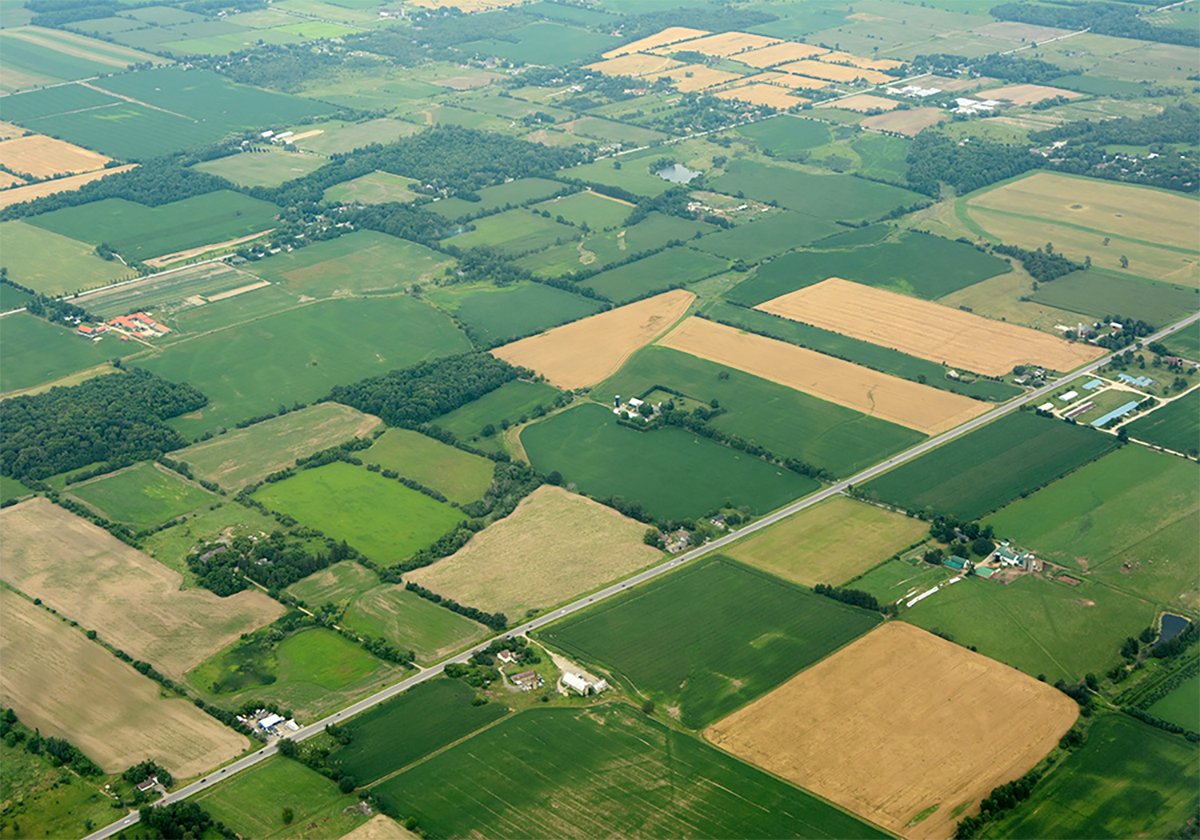For all today’s satellite imaging and analysis of farmers’ fields, there’s nothing as satisfying and comforting as actually getting out into those fields and touching what’s growing.
And by touching, I mean breaking apart heads and pods, pulling up plants by their roots, and physically counting the number of plants in a representative square foot or metre. And doing this across Western Canada’s vast farmland empire.
That’s what Tuesday-Friday’s CWB crop tours will attempt to do along the three lines of travel that will sally forth from Winnipeg, Saskatoon and Calgary. It’s the second year that the CWB has done this extensive tour of Western Canada, and the second year I and some of my colleagues will be going along for much of it.
The hope for the CWB analysis crew is to establish a much better sense of what’s truly out there, beyond the stories and rumours and spotty reports we’ve all been relying upon until now.
We all know that drought hit eastern Alberta and western Saskatchewan. And then some rains came recently.
“We all want to know how those crops are faring. Are they able to recover,” said Rich Nelson, analyst with Allendale Inc. of McHenry, Illinois, told me about about his concerns for Western Canada’s crops.
Read Also

Higher farmland taxes for investors could solve two problems
The highest education and health care land tax would be for landlords, including investment companies, with no family ties to the land.
“Are they able to make compensatory gains?”
Mike Krueger of Fargo’s The Money Farm had similar questions in mind when I called him this morning.
“It’ll be curious to see how the market reacts (to what the tour finds),” said Krueger.
“When the U.S. Department of Agriculture barely cut your crop . . . everybody assumed it wasn’t nearly as bad as they thought.”
Canadian analysts are more confident with their own senses of the likely condition of most Prairie crops because they are in the middle of them, but for Errol Anderson of the ProMarket Wire, anything that affects the outlook on the supplies of Canadian canola could have a market impact.
“I’d watch how the crops are recovering on that (recent) moisture,” said Anderson.
“The key question is the recent rains. How much did the recent rains do for crop development? Is it too late.”
Well, that’s what the smart guys from the CWB, other analysts and advisors and some of we ag reporters will try to answer for you in the coming days.
Stay tuned to The Western Producer’s website for frequent updates on the progress of the three tour legs, and follow it nearly live as we Tweet out photos, conclusions and irreverent and irrelevant commentary at the #cwbtour15 hashtag.















